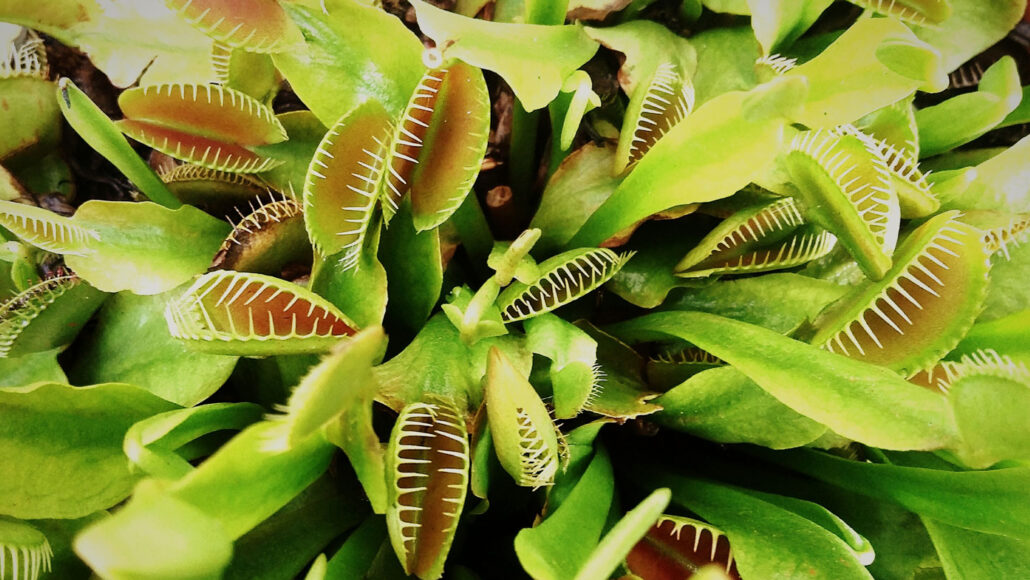adaptation: (in biology) A process by which an organism or species becomes better suited to its environment. When a community of organisms does this over time, scientists refer to the change as evolution.
bacteria: (singular: bacterium) Single-celled organisms. These dwell nearly everywhere on Earth, from the bottom of the sea to inside other living organisms (such as plants and animals). Bacteria are one of the three domains of life on Earth.
birds: Warm-blooded animals with wings that first showed up during the time of the dinosaurs. Birds are jacketed in feathers and produce young from the eggs they deposit in some sort of nest. Most birds fly, but throughout history there have been the occasional species that don’t.
bog: A type of wetland that forms peat from the accumulation of dead plant material — often mosses.
carnivorous plant: A plant that trap animals, usually insects, as food.
digest: (noun: digestion) To break down food into simple compounds that the body can absorb and use for growth. Some sewage-treatment plants harness microbes to digest — or degrade — wastes so that the breakdown products can be recycled for use elsewhere in the environment.
environment: The sum of all of the things that exist around some organism or the process and the condition those things create. Environment may refer to the weather and ecosystem in which some animal lives, or, perhaps, the temperature and humidity (or even the placement of things in the vicinity of an item of interest).
enzymes: Molecules made by living things to speed up chemical reactions.
flora: The plant species that live in a particular region or at a particular period of time.
insect: A type of arthropod that as an adult will have six segmented legs and three body parts: a head, thorax and abdomen. There are hundreds of thousands of insects, which include bees, beetles, flies and moths.
larvae: Immature insects that have a distinctly different form (body shape) than when they are adults. For instance, caterpillars are larval butterflies and maggots are larval flies. (Sometimes this term also is used to describe such a stage in the development of fish, frogs and other animals.)
mammal: A warm-blooded animal distinguished by the possession of hair or fur, the secretion of milk by females for feeding their young, and (typically) the bearing of live young.
molecule: An electrically neutral group of atoms that represents the smallest possible amount of a chemical compound. Molecules can be made of single types of atoms or of different types. For example, the oxygen in the air is made of two oxygen atoms (O2), but water is made of two hydrogen atoms and one oxygen atom (H2O).
nutrient: A vitamin, mineral, fat, carbohydrate or protein that a plant, animal or other organism requires as part of its food in order to survive.
photosynthesis: (verb: photosynthesize) The process by which green plants and some other organisms use sunlight to produce foods from carbon dioxide and water.
prey: (n.) Animal species eaten by others. (v.) To attack and eat another species.
species: A group of similar organisms capable of producing offspring that can survive and reproduce.
terrain: The land in a particular area and whatever covers it. The term might refer to anything from a smooth, flat and dry landscape to a mountainous region covered with boulders, bogs and forest cover.








